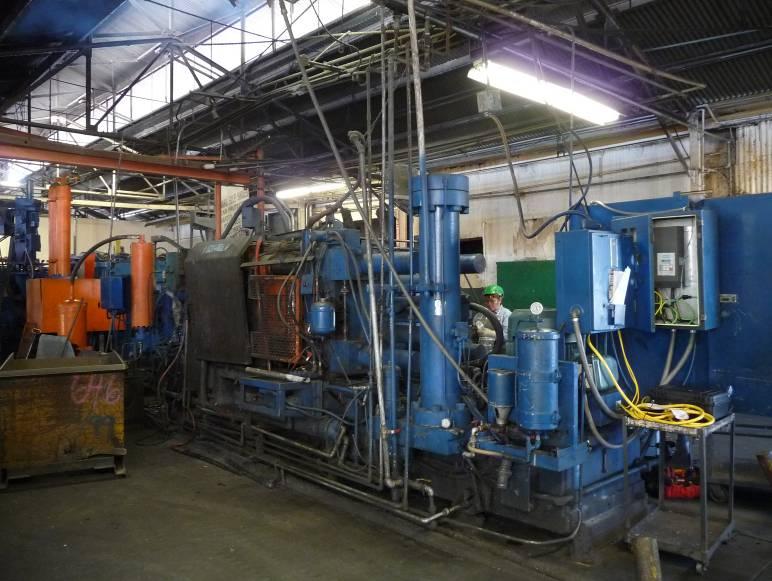Project Info
COMPLETE
 Project Title
Project Title
 Project Title
Project Title
VSD for Die Casters
Project Number ET10SCE1070 Organization SCE End-use Process Loads Sector Industrial Project Year(s) 2010 - 2010Description
Conventional die casting machines do not have variable speed drives on motors for changing pressures for hydraulic pumps. The VSD can control the speed of motors to open, close, and clamp the molds during casting. When the mold is clamped, a mechanical system (such as latch) provides the holding pressure; therefore, the motor does not need to run at full speed at this mode. The clamping mode is typically accounts for more than 50% of a casting cycle; thus, it allows us to save energy by installing a VSD. This project, therefore, evaluates the effectiveness of VSD on die casting machine.
Project Report Document
Loading PDF Preview...
